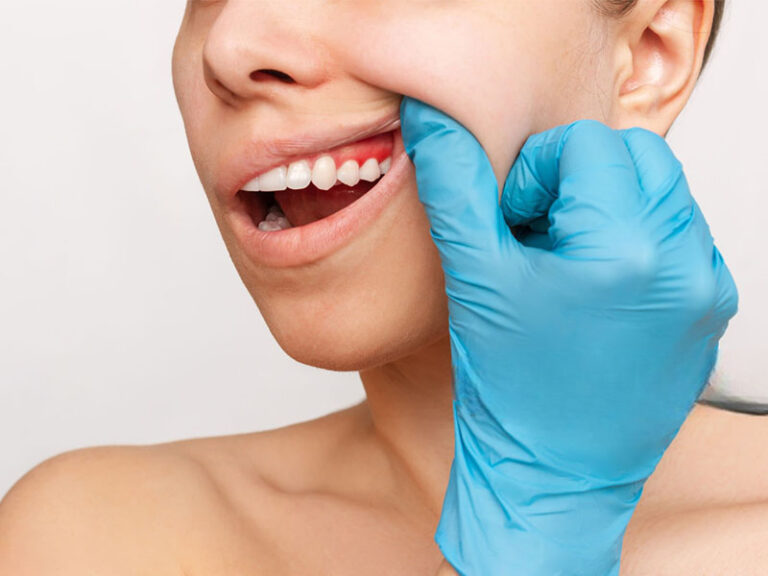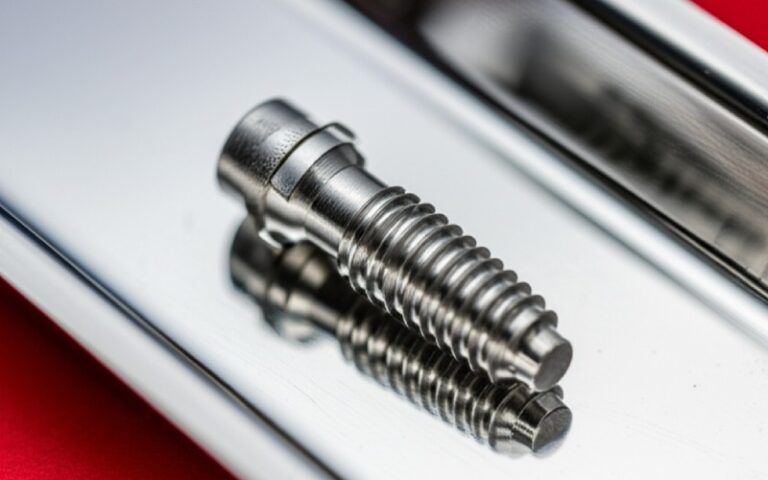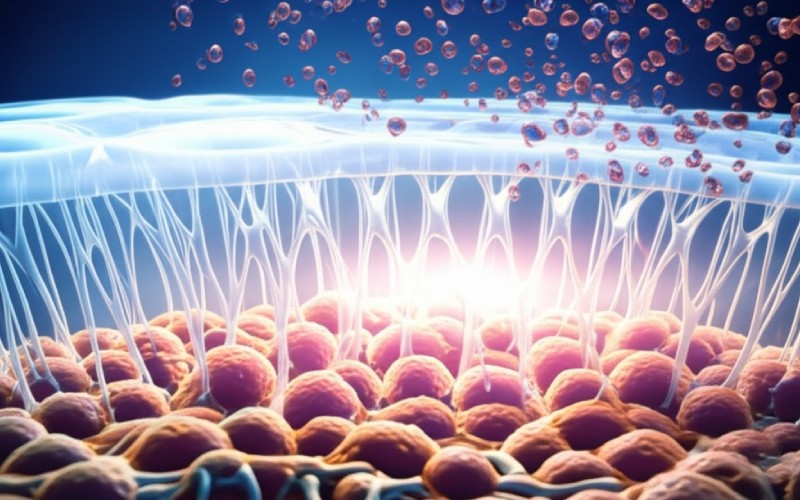
Guide de la régénération tissulaire parodontale à l'aide d'une membrane barrière
When you lose bone and tissue around your teeth, it’s a serious problem. But there is a good news. We now have amazing tools that can help regrow what was lost. One of the most important tools is a special sheet called a barrier membrane. In this article, I will explain how this simple membrane for periodontal tissue regeneration works. You will learn about the different types and find out which one I believe is the most versatile for helping you heal and save your teeth. This is a guide to understanding periodontal tissue regeneration using a barrier membrane.
Table des matières
What Is a Barrier Membrane and Why Do We Need It?
Some people get a serious gum problem called periodontal disease. This disease can destroy the support for your teeth. You can lose the bone and soft tissue that hold your teeth in place. When we clean out the bad bacteria, we are left with a gap or a hole. We call this a periodontal defect. The body wants to heal this spot. But there is a problem. The soft tissue on your gums grows very fast. The bone tissue grows very slowly.
If we do nothing, the fast-growing soft tissue will fill the hole. This stops new bone from growing. This is where a barrier membrane comes in. Think of it like a special wall or a tent. We place this thin membrane over the bone defect. This membrane has a very important barrier function. It blocks the soft tissue from getting into the space. This gives the slow-growing bone cells a chance to grow and heal the area. This whole idea is called guided tissue regeneration. The barrier membrane is the guide for the new tissue.
The goal is to regrow the natural structures that were lost. This includes the alveolar bone, the cementum on the root, and the periodontal ligament. True periodontal regeneration means getting all of this tissue back. The barrier membrane is the key to making this happen. Without this special membrane, we could not achieve this kind of healing. It is a fundamental tool for the treatment of periodontal problems.
How Did the Development of Barrier Membranes Change Periodontal Care?
In the old days, it was very hard to get predictable periodontal regeneration. We could clean the teeth, but we could not reliably regrow the lost bone. Then came the development of barrier membranes. This was a huge step forward in periodontal therapy. The first successful membranes were non-resorbable. This means the body could not break them down.
The most famous early barrier membrane was the ptfe membrane. This is a material similar to Teflon. It worked very well as a barrier. We would place the ptfe membrane, and it would do its job. It kept the soft tissue out and let the bone grow. This was a game-changer for guided tissue and bone regeneration. The use of this membrane showed we could really achieve bone and tissue regeneration.
But there was a downside. Because this non-resorbable membrane did not dissolve, we had to do a second surgery to take it out. This meant another procedure for the patient. While the results were good, everyone wanted a better way. This need led to the creation of a new kind of membrane. This new membrane could dissolve all by itself.
What Are the Two Main Kinds of Barrier Membranes?
The first group is the non-resorbable membrane. The second is the resorbable membrane. It’s important to know the difference. The non-resorbable membrane, like the dense ptfe membrane without primary closure, is strong. It holds its shape very well. This is good when we need to create a lot of space for new bone. But they always need that second surgery for removal.
Then we have the resorbable membrane, also called an absorbable membrane. This is the type we use most often today. This membrane is made from materials that the body can safely break down and absorb over time. This is a huge benefit. It means only one surgery for the patient. This makes the whole treatment much easier.
There are many kinds of resorbable membranes. Some are made from a special kind of plastic, like a plga membrane. But the most popular type is the collagen membrane. These membranes are made from purified collagen, a natural protein. We also see others like the chitosan membrane being studied for biomedical applications. The invention of the absorbable membrane was a major breakthrough in membrane use.
Why Is a Collagen Membrane So Popular for Periodontal Regeneration?
The collagen membrane is probably the most common barrier membrane used today. Why is it so popular for periodontal regeneration? First, it is very biocompatible. This means the body accepts it very well. Our bodies are full of collagen, so this membrane does not cause a bad reaction. The surrounding tissue likes it.
A collagen membrane is also great for guided tissue regeneration because it helps cells attach and grow. It acts as a scaffold for new tissue. It helps with bone formation and guides the growth of new connective tissue. This is critical for healthy gums. When we are doing guided bone regeneration, a collagen membrane for guided bone regeneration is a very reliable choice. This barrier membrane helps create a stable space for new tissue to develop. This makes it a great membrane for periodontal care.
You might also hear about a cross-linked collagen membrane. This is a type of collagen membrane that has been made stronger. It lasts longer in the body before it dissolves. This can be useful when we need the barrier function to last for a longer time. This gives the bone tissue more time to grow. The collagen barrier is a very effective and popular membrane for periodontal guided tissue regeneration. The membrane made of collagen is a cornerstone of my clinical application work.
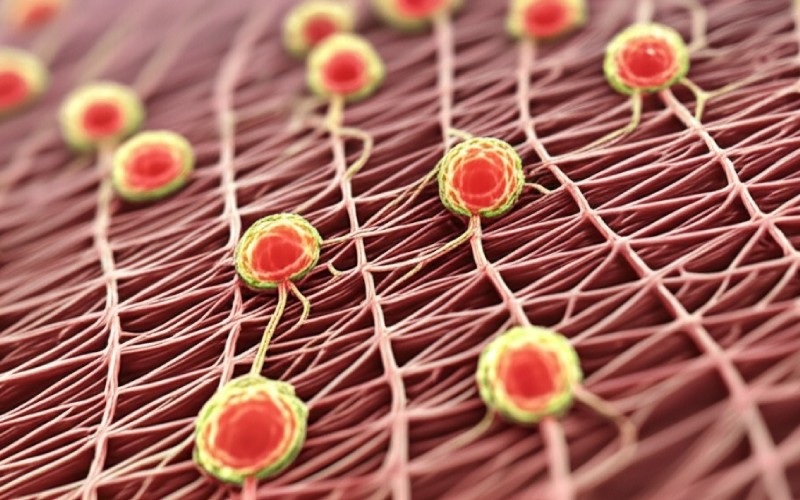
What Makes a Barrier Membrane for periodontal Use “Versatile”?
When I say a barrier membrane is “versatile,” what do I mean? A versatile membrane is one that can be used in many different situations with great results. It’s like a multi-tool for dental applications. First, it must be easy to handle. It needs to be cut, shaped, and placed easily in the mouth. A collagen membrane is often very good for this.
Second, a versatile membrane must have the right barrier function time. It needs to last long enough for the bone to start growing, but not too long. The process of membrane degradation should be predictable. The structure of the membrane is also very important. It needs to be strong enough to hold the space but also allow nutrients to pass through to the healing tissue.
Finally, it needs to work well with other materials, like a bone graft. Often, we place a bone graft material in the defect to act as a scaffold for bone regeneration. The membrane must work with the bone graft to promote the regeneration of periodontal tissues. A versatile membrane for periodontal regeneration is one that is user-friendly, has good biological properties, and gives me predictable results for my patients.
How Does a Membrane for Periodontal Tissue Regeneration Work?
Let me walk you through the process. Imagine we have a deep pocket around a tooth caused by periodontal disease. We first clean the area very carefully. We might place a bone graft material into the periodontal defect. This graft acts like a frame for new bone to grow on. It’s like putting up the frame of a house before you put on the walls.
Next, we take the membrane for periodontal tissue regeneration. We shape it to cover the defect completely. We place it over the bone graft material. It acts like a protective shield. This membrane for periodontal guided tissue regeneration separates the slow-growing bone and periodontal ligament cells from the fast-growing gum tissue.
This separation is the key to everything. It creates a secluded space. In this space, the right kind of cells can move in and start working. Cells from the healthy periodontal ligament and the alveolar bone can now multiply. They begin to build new connective tissue and new bone. This leads to true periodontal regeneration, which is the ultimate goal of our periodontal treatment. The membrane made from the right material makes this possible.
Can This Membrane Really Help Grow New Bone?
Yes, absolutely. This is one of the most exciting parts of my job. The process is called guided bone regeneration (GBR). It is a core part of modern dentistry, especially for placing implants dentaires. The membrane for guided bone regeneration is the star of the show. If a patient has lost bone, we can use a GBR procedure to build it back up. This is essential for bone tissue regeneration.
Here is how it works for guided bone regeneration using a barrier membrane. We place a bone graft material where we need more bone. Then, we cover it with a special guided bone regeneration membrane. This membrane acts like a tent. It holds the space and protects the graft material. It allows blood vessels to grow into the area, bringing cells that create new bone.
Over several months, the body replaces the graft material with your own, new bone. This new bone formation is strong and healthy. We use this technique all the time to prepare a site for a dental implant or to fix bone loss from periodontal disease. The properties for guided bone regeneration in a membrane are critical. This process can be done with a collagen membrane, a ptfe membrane, or even advanced membranes to promote bone regeneration. Effective guided bone regeneration has changed what is possible in dentistry.
What Are the Newest Ideas in Barrier Membrane Technology?
The field of bone tissue engineering is always moving forward. Researchers are working on the next generation of barrier membranes. These are not just simple walls. These new membranes are designed to be active players in the healing process. For example, some scientists are working on an electrospun membrane. This creates a membrane with tiny fibers that are great for cells to grow on. We call this a nanofibrous membrane with osteogenic properties.
Other new ideas include a membrane loaded with medicine or growth factors. Imagine a membrane that releases antibiotics to prevent infection. Or a membrane containing growth factors that actively tell bone cells to grow faster. This is part of tissue engineering and regenerative medicine. We are seeing things like a novel functionally graded membrane. This membrane has different properties on each side. One side is for soft tissue, and the other is for bone tissue.
These are exciting developments for tissue engineering applications. A composite membrane for guided bone regeneration might combine several materials to get the best properties of each. For example, a plga membrane might be mixed with ceramic particles. These advanced membranes, like a membrane with osteogenic and antibacterial features, promise to make periodontal tissue regeneration even more predictable in the future. Coaxial electrospinning for guided tissue regeneration is one of the advanced engineering applications being explored.
What Are the Challenges We Face with Membrane Use?
Even with great tools, there are always challenges. The biggest problem we face with any barrier membrane is membrane exposure. This happens when the gum tissue over the membrane opens up. The membrane becomes exposed to the mouth. This is not good. The mouth is full of bacteria. If the membrane is exposed, it can get infected.
The effect of membrane exposure can stop the healing process. An infection can destroy the delicate new tissue that is trying to grow. It can cause the bone graft to fail. This is why we are so careful when we place a membrane. We want the soft tissue to heal completely over the top of it. This is a critical step in the clinical application of any membrane for guided bone regeneration.
Different membranes handle exposure differently. Some non-resorbable membranes, like a dense ptfe membrane without primary closure, can sometimes tolerate exposure a bit better. However, when a collagen membrane is exposed, it can break down too quickly. Managing the soft tissue is just as important as choosing the right barrier membrane. This is a key part of successful guided tissue regeneration applications.
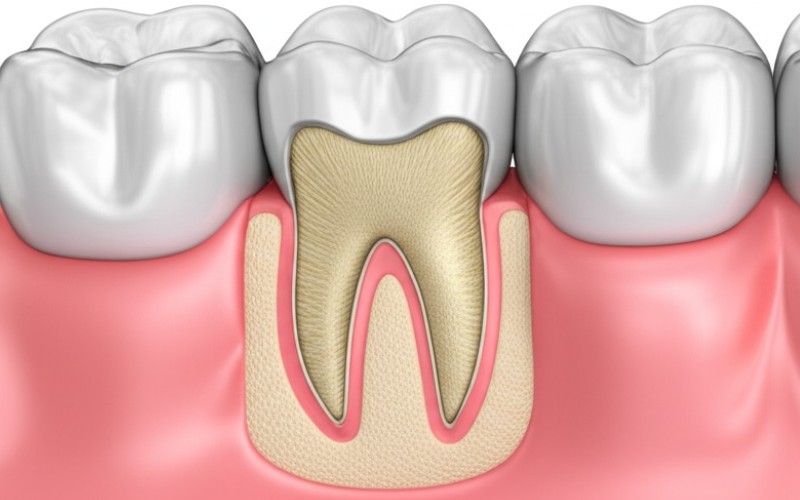
So, What Is the Most Versatile Barrier Membrane I Use?
For me, the answer is still the collagen membrane. It hits the sweet spot for so many things. It is a fantastic membrane for guided tissue regeneration and guided bone regeneration. The membrane made of collagen is reliable.
The collagen membrane is easy to use. It handles well. The body accepts it. It has a great track record for helping grow new bone and tissue. While it doesn’t have the fancy features of a new electrospun membrane, it consistently delivers good results. It works very well for the treatment of periodontal defects and for guided bone regeneration in dental implants. In many cases of guided bone regeneration using two membranes, one is often a collagen membrane.
While the new tissue engineered membranes are very exciting, they are still being perfected. The simple, reliable collagen membrane remains the workhorse of periodontal regeneration. It provides a great balance of barrier function, ease of use, and patient comfort. For predictable bone formation and periodontal tissue regeneration, the collagen membrane is a versatile and trusted partner in my practice. The future of membrane technology is bright, but for now, the collagen membrane is a star.
Ce qu'il faut retenir
- A barrier membrane acts like a wall to help regrow lost bone and tissue from gum disease.
- It works by blocking fast-growing soft tissue, giving slow-growing bone tissue time to heal. This is called guided tissue regeneration.
- There are two main types: non-resorbable (needs removal) and resorbable (dissolves on its own).
- The collagen membrane is the most popular resorbable membrane. It is natural, safe, and works very well.
- Membranes are also used to grow new bone for dental implants in a process called guided bone regeneration.
- The biggest challenge is preventing the membrane from becoming exposed to the mouth, which can cause infection.
- In my experience, the collagen membrane is the most versatile and reliable barrier membrane for most periodontal applications today.

